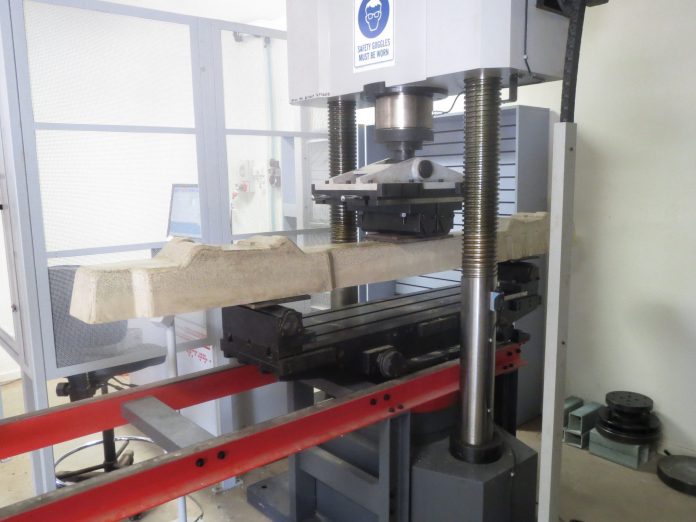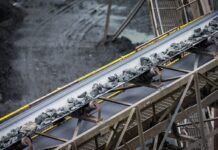
An Australian consortium comprising Austrak, Laing O’Rourke and the University of Southern Queensland (USQ) will jointly develop revolutionary polymer composite solutions for a $10 million project titled “Polymer Composite Transoms for Rail Bridge Deck Replacement” (CompTrans).
The project partners have secured $3 million grant funding from the Australian Government Cooperative Research Centre Projects (CRC-P) initiative to roll out fibre reinforced polymer composite solutions for bridge transoms.
Based on polymer composite material, the technology is expected to provide a cost-effective replacement for traditional timber bridge transoms, which are subject to warping and rotting and have a limited lifespan of 15 years, in the form of an engineered composites system with a lifespan of 50 years.
The revolutionary technology is expected to deliver significant savings for Australia, which has the sixth largest rail network in the world and is due to replace nearly 90% of its existing transoms in the next 10 years.
USQ Professor Peter Schubel said the research partnership will bring ‘a step-change technology’ to an otherwise conservative sector.
“A major gap in the rail industry market was identified, leading to numerous research activities at USQ in transoms for a cost-effective, robust and sustainable technology. By working directly with Austrak and Laing O’Rourke, we can ensure the technology is delivered at the right cost point and commercialised to its full potential to rehabilitate the nation’s rail network,” Professor Schubel said.
“For the past 20 years, USQ has dedicated significant research effort into developing innovative sleeper and transom technologies based on polymer composite materials, so it’s extremely rewarding to see the culmination of this work formulate the design and manufacturing of this new technology.”
Austrak General Manager, Murray Adams, said the project partners foresee a large demand for innovative technology to replace the traditional bridge transoms in the near future.
“As the largest railway sleeper producer in Australia, we’re responding to the rail sectors need for alternative materials to timber,” Mr Adams added.
“Through the CRC-P programme and in partnership with USQ and Laing O’Rourke, we would like to improve our understanding of composite technology, so that better designs can be developed to reduce the overall costs of composite transom decks and beams to the point where it is commercially viable.”



















